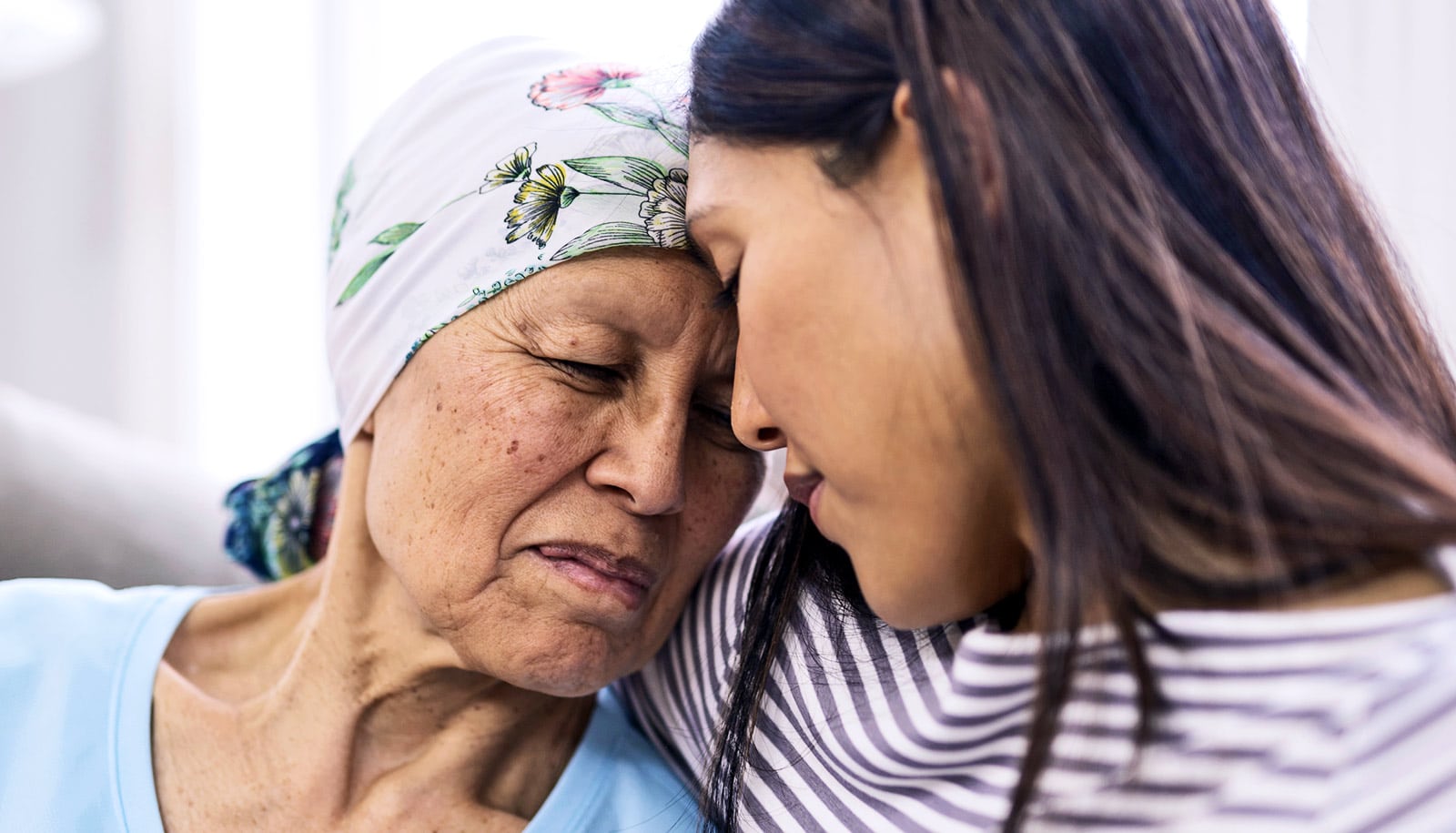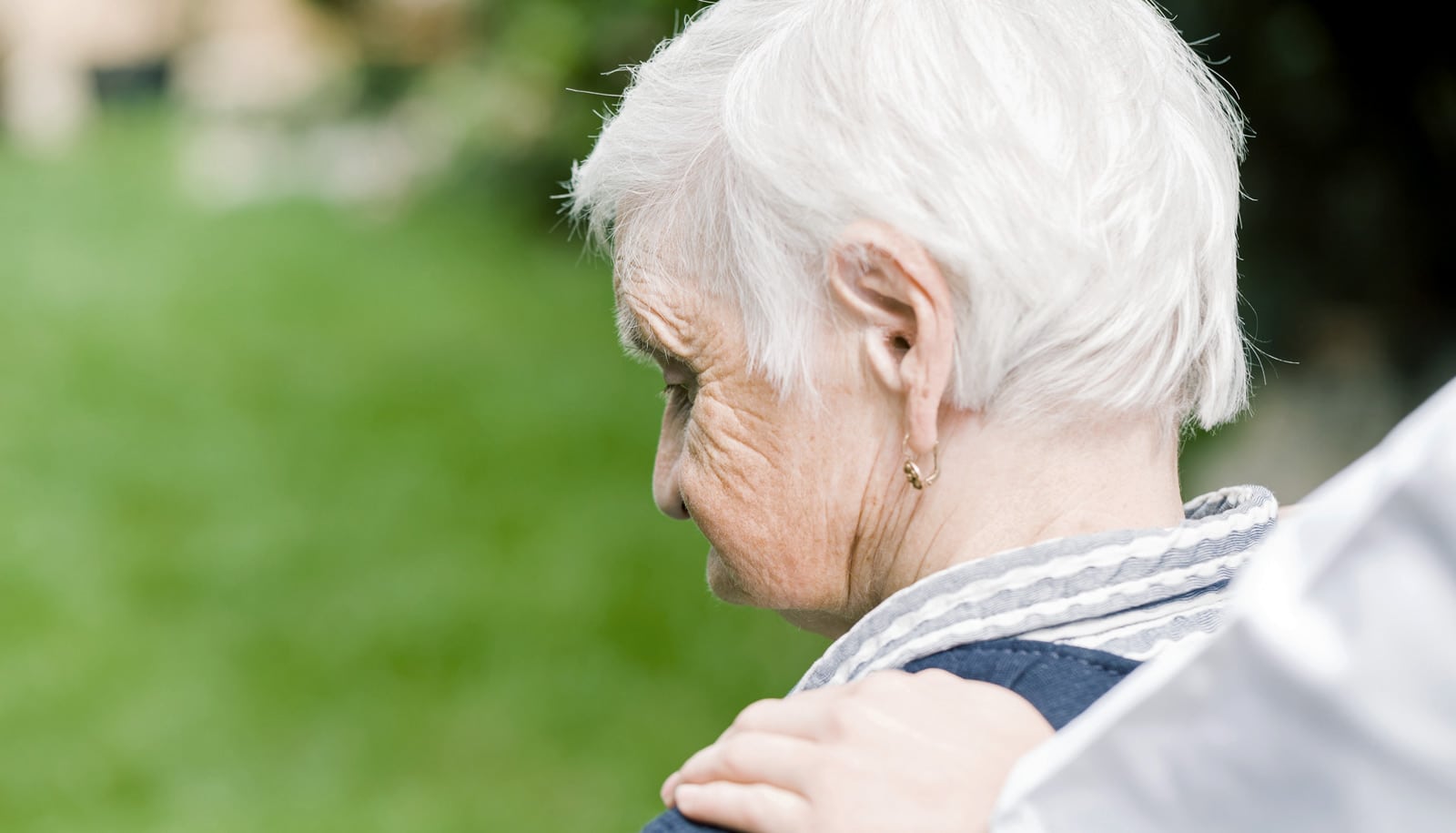Families of cancer patients describe three distinct experiences in the final weeks of their loved ones’ lives.
Researchers gathered the perspectives, identified the problems, and say they will use what they learned to improve care at this difficult and emotionally charged time.
“All of the families in this study are telling us how we can be more helpful,” says lead author, Sally Norton, a palliative care expert and associate professor at the University of Rochester School of Nursing. “We are listening and working to do a better job.”
For the study, which appears in Supportive Care in Cancer, investigators recorded and analyzed stories from 92 families and caregivers, looking for common threads about their loved one’s final transition from active treatment to death.
Researchers call the first and largest group “We Pretty Much Knew.” The healthcare system worked for them the way it should. For example, a patient might say “I’ve had it, I’m done,” and then move into comfort care after openly discussing with loved ones and physicians about what they should expect at the end of their life.
“The third group was the smallest group, but the most tragic.”
The second group, “Beating the Odds,” included people who described themselves as “fighters” and believed the patient would beat the odds of a poor prognosis. These people said they had good communication with their medical team, which honored their wishes to continually try new treatments. But they also experienced a sense of chaos at the end of life, because they were unprepared for the nearness of death.
Families, in the third group, “Left to Die,” described a crisis in the final weeks. They had no memories of explicit end-of-life care discussions with doctors, and patients spiraled into frightening and distressing emergency health situations. These families felt abandoned.
“The third group was the smallest group, but the most tragic,” Norton says. “They felt they had no information, did not know their family member was dying, and described frantically trying to get help at the end.”
Most problems arose when families didn’t understand how the cancer was likely to progress, when deliberations with doctors and nurses were ineffective, and when medical decisions didn’t reflect a shared understanding between the family and the treatment team.
Although some families understood the limitations of available therapies, they didn’t know how to anticipate, identify, or respond to their loved ones’ rapid decline. And in some cases, caregivers felt totally unprepared and confused about what was occurring, leading to more intensive treatments and resuscitation efforts than patients had wanted and a breakdown of trust with the medical team, according to the study.
Investigators suggest that loved ones might benefit from a standard plan that lays out clearly what to anticipate as patients in active treatment become too sick for additional chemotherapy and yet don’t transition to hospice.
The health team would automatically trigger such a plan when symptoms indicated the beginning of a marked deterioration of a patient’s health. The plan would explicitly identify signs and symptoms and would develop clear action for patients and families. Ideally, it would include emergency contact information for a clinician or a response team that would quickly respond to the family and guide them, Norton says.
“The importance of clear planning and anticipatory guidance for this group cannot be overstated,” the study says.
Additional researchers are from the University of Rochester Medical Center, Rutgers University, and Weill Cornell Medicine.
Source: University of Rochester


